
Eric Jorgenson has one big idea. Behind his work as a product strategist at Zaarly, behind his writing and blogging, behind the creation of his recent book, The Almanack of Naval Ravikant, there is the idea that the best thing a human can do is help another human know more.
Of course, to help someone else know more, you have to start by knowing more yourself. Eric is no casual reader, not a passive consumer of culture. He is a hunter of knowledge, and he believes that great knowledge can be hiding anywhere.
Snippets of wisdom from great books (Charlie Munger’s Poor Charlie’s Almanack is a big influence on Eric’s idea of knowledge sharing), tweets, ideas from his colleagues at Zaarly, anything he thinks he might one day come back to goes to live in a series of giant Google docs, like habitats for wisdom where it’s always open season.
As Eric puts it, “My work product is in Google Docs, and words are my medium.” He uses these docs when looking for inspiration for new features that get built at Zaarly, or for when he needs to find a piece of information he knows he’s seen before. Some of it serves as purely personal reference material that he can turn to whenever he needs to make a decision.
In ways private and public,what Eric hunts gets rebuilt and renewed, transforming flashes of insight into content that can serve more than his own needs. When he’s working on his blog, Evergreen, he turns what he’s captured out into the wild again, in fresh forms that will reach and teach others. On a much bigger scale, that’s how he built his book, The Almanack of Naval Ravikant, turning the investor’s every tweet, talk, interview, and essay into a compendium of Navalisms that could be shared with the world.
“As a relatively young person, maybe I don't yet have a huge wealth of incredible life experiences to draw on. But what I can do is seek out ideas that are time-tested, well-vetted, and likely to be helpful—and then talk about them, curate them, or repackage them in a way that is equally timeless.”
In this interview, Eric walks us through how he uses the Google docs to build his compendium of knowledge and create new stuff, like The Almanack, from all that raw material. Read on to learn how you can use his methods to store the gains of your own hunting—to organize and synthesize—and to make new.
Let’s dive in!
Eric introduces himself
My name is Eric Jorgenson. I joined Zaarly in 2011, after half-dropping out and half-graduating from Michigan State. I started there as an intern on a one-month contract, and since then I’ve done every non-technical, non-design job in the company—all the way to my current role as Product Strategist.
I have no specific software talents, so I don't directly manage any projects, and I don't manage designers or engineers. What I do is an amalgamation of strategic direction and coordination throughout the company to make sure everybody is moving in the same direction, with a shared vision.
I also do a fair amount of writing on my own time—Evergreen was a project that involved two years of focused curation and synthesis on a range of different topics around business strategy and company growth.
I’ve recently published a book called The Almanack of Naval Ravikant, a collection of Naval’s insights from his Twitter, podcasts, essays, and talks.
I store knowledge and educate myself using Google Docs
I’ve found that the act of curating ideas drives them into me much more deeply. I do a lot of deliberate work in my life to find blocks of knowledge that are going to be of lasting relevance, figure out how they relate to other things, and then set up a system for how to efficiently reference them when I have a problem I’m trying to solve.
For me—whether it’s creating Evergreen and the Navalmanack, my work with Zaarly, or my own personal knowledge-building projects – this process happens in Google Docs.
A really good example is the document I put together as part of the process of teaching myself about growth. I call it my ‘Ever-Growing Guide to Growth.’ It’s private—I haven’t ever shared it with anyone.
My basic philosophy is that if I’m going to spend years of my life working on growth, I want a robust document that contains everything I’m learning and want to retain on the subject. I just keep collecting material, and at some point—who knows?—maybe the right thing to do will be to create a book about growth out of all the knowledge and references I have accumulated here.
The document is over a hundred pages—almost book-length already. I’d say that around 80% of it is made up of excerpts from different things I’ve read or listened to, or materials from courses I’ve taken. I have all of that material collected in one place, and categorized in relation to other things.
Here’s a look at the table of contents:
Developing this is an ongoing process as I accumulate more and more information—I certainly didn’t start with a table of contents like this and then fill it out piece by piece. When I started out, there were three items in there. Now there are maybe fifty.
I know that people do this kind of thing in Evernote with amazing results, but I’m fluent in Google Docs already, and I'm not enough of a tool nerd to really want to spend a whole weekend learning a new system. Plus, I like knowing that I have an outline and a table of contents, that I can search and link, add tables and images, and reorganize everything the way I want it—that’s just the way my brain works.
I’ve probably never spent more than twenty minutes at a stretch working on this document. If I’m reading something that seems like a good idea, or something I’ll definitely want to come back to, I’ll just add it in. For example, I was reading First Round Review and found this great articulation of the concept of ‘product-market fit’. I copied a few paragraphs into the doc and left the link to the place where I found it in there too:
I have more than one of these documents, though this is the biggest.
At Zaarly, I keep ideas for pitches in a giant Google Doc
I apply that same process to my work as a product strategist at Zaarly, where we use the product development process outlined in Shape Up.
I keep a huge running document to catalog and prioritize ideas for solutions to problems that come up. Some of those ideas will be refined into detailed ‘pitches’—formal proposals for potential solutions which will eventually be built by our designers and developers.
At the top, I have a section called, ‘Pitches for this Cycle,’ which are ideas we’re going to work on in the near term.
Below that, I have a few messy sections like ‘Work in Progress’ and ‘Ideas to Work,’ which are basically an ongoing dump of ideas whose time hasn’t come, or solutions to problems we don’t yet feel pain around.
It’s useful to me to be able to come in here and command-F anything I might be looking for, or just skim through to look at different problems in different contexts.
Creating these documents can be painful and difficult. But when it comes to collaborating with others in a really productive way, it’s so much easier to have a conversation or a disagreement around a concrete document than it is to simply talk through a problem. And the ongoing dialogue it creates really helps you understand how the decisions you’re making will affect others within the company.
As central as these long-form documents are to my work process and to how I teach myself things, sometimes they end up becoming pieces of work that it makes sense to share with the world.
The birth of The Almanack of Naval Ravikant
I’ve spent the past three years deconstructing everything Naval Ravikant has ever shared, and compiling it into a book called The Almanack of Naval Ravikant.
My original inspiration for doing the project was the amazing podcast Naval did with Shane Parrish on The Knowledge Project back in early 2017. It inspired a lot of people when it came out—I listened to it three or four times, and it got a huge number of downloads.
I remember thinking about how unfortunate it is that podcasting is such an ephemeral medium—if you didn't happen to hear this amazing podcast now, the odds would be against finding your way to it a year from now. It’s also true with Twitter, it’s true for blog posts. How do we stop losing these things to time?
I started reading all of Naval’s work through Kindle, so I could have great digital highlights and dump them into Readwise. Before I went to bed one night, I jokingly tweeted, ‘Hey, let me do a little compilation of transcripts and call it “The Book of Navaledge.”’
I was very proud of that pun, but when I woke up, I was amazed to find that Naval had retweeted it, and it seemed like five thousand people were replying, ‘Yes, definitely do that!’ The next thing I knew, Naval had offered to give me all the materials and support I might need—he basically told me to rock on.
I had a book project on my hands.
I initially thought I would just create a little booklet of a couple of transcripts of Naval's podcasts and put it up on Kindle or something, but it proved to be a case of instant scope-creep.
Putting the book together was a giant conceptual jigsaw puzzle
I didn’t write the book—there’s not an original word of mine in there. Naval has been articulating the same ideas, with increasing refinement, for ten years in some cases. What I did was take those years of Naval’s creative effort through his podcasts, Twitter, interviews, blog posts, and talks, and break it down into its component Lego bricks—selecting the very best bricks for inclusion in the book. I searched out the best communications of those ideas, reorganized them, and stitched them together into a more permanent medium than all of this internet ephemera—a book.
Practically, here’s how that worked:
Naval sent me a library of all his tweets—20,000 of them—which I exported into a CSV, marking the ones I thought were good, timeless, or relevant.As I was reading and re-reading his tweets, I started to assign categories to them. Some were about crypto, some were about politics, or happiness. It was a challenging process—I had to go through all those tweets multiple times because new categories kept cropping up, while some categories had to be merged into other ones. When it was all done, though, the categories I had assigned became the outline for the book, and the first set of chapters in the Google Doc I made for this purpose.
For Naval’s interviews and podcasts and talks, I would get or make transcripts and then listen for content that fell into one of my categories. I’d then move excerpts of those texts into the appropriate chapters in my growing manuscript document.
What I was doing, really, was a giant conceptual jigsaw puzzle. Maybe I had a little bit of agency over how I cut out the pieces, but I couldn’t really change the ideas and I couldn’t write anything that wasn’t already there.
I had to fully grok a puzzle piece before I could know where it fit, and more and more puzzle pieces were getting added in all the time.
I read every word in the document multiple times as I organized and reorganized and merged chapters, then separated and reordered them. It took two years of nights and weekends to get all of that in place.
How I finalized the manuscript
What I ended up with after those two years was a 600-page Google doc. I sent it out to some readers for peer review, and most of them said, basically, that half of it was really good, and the other half they just weren’t that interested in. The problem was that everyone was interested in different things!
The chapters that were universally appealing, though, were the sections on wealth and happiness. Go figure: turns out people want to be rich and happy. So those two sections were the first to make the cut for the final published book.
By the way, a 600-page Google doc is a real mess to deal with—it’s clunky and way too slow to navigate, so I chunked it out into four separate documents, one for each major section, and started sending that out to reviewers.
During that peer review process, after the summer of 2018, I fell into a huge creative doldrums, where I just wasn’t sure what the final version of the book should look and feel like. I had to set the whole project aside for a while and come back to it later.
When you're sitting at a creative intersection and every path forward seems just as valid as all the others, but they're all wildly divergent, you can really tie yourself in knots. I didn't know how to solve it other than just to sit and wait.
Eventually, I did have a breakthrough: I would center the content around Naval’s tweets and format them on the page like pull-quotes.
Here’s a manuscript page from the section on happiness. The lines in italics are tweets:
The text following the tweet is excerpted from Naval’s prose, and the section with the citation ‘[4]’ comes from that podcast interview he did with Shane Parrish.
The change in text formatting and the citation indicates that we have switched sources—my job was to make sure the prose followed the text of the tweet logically, and was in the same context.
The idea is that the finished product is basically a book where the tweets are presented as aphorisms. You can just rifle through it and pick up the big ideas. If one of those ideas attracts you, you can then dive into the text around it to get a more fleshed-out version of the concept.
Throughout the whole process, my basic approach was to use the Jerry Seinfeld rule—just making sure I touched it every day. Practically speaking, though, I ended up doing the work in fits and starts. Some weekends, I’d be traveling and couldn’t get anything done. But sometimes, if it was rainy or snowy out, I could spend ten hours on it.
Since this is not my day job and I gave myself permission to not be in a hurry, it was pleasant not to have a deadline I had to sprint for. It definitely took longer than it could have—but I also think that means the final product is so much better than it would have been any other way!
I feel like I have a mini-Naval on my shoulder now
Funnily enough, the section on happiness was the hardest one to get through. One of Naval’s core ideas is that “the most common mistake for humanity is believing you’re going to be made happy because of some external circumstance.”
For me, that meant the idea that finally getting this book finished, published, and out in the world was going to make me happy was just wrong. Happiness comes from within, and it’s a choice—are you going to make that choice today or not?
But Naval had gotten so far under my skin that I was thinking, ‘Oh man, I am really happy! I am really content with the way everything is… so… maybe… I don’t need to finish this book!’
I’m so glad I did, though, and that the book is finally out—it was wildly difficult and incredibly time-consuming to stitch all those pieces of different texts together in a way that feels cohesive. If I hadn’t been in love with the content it would really have been a struggle, and I probably would have quit, but I appreciated the opportunity to force myself to spend so much time with Naval’s ideas and really take them into myself.
The standards that I have for publishing something that potentially tens or hundreds of thousands of people are going to read are incredibly high. As I result, I’ve been through these ideas twenty times, or fifty times, and now they’re ingrained so much more deeply in me than if I had just been taking notes for my own use.
I can't imagine a better way to build Naval’s mental model for myself and get it deeply situated in my head. I feel like I've got a little version of him sitting on my shoulder.
Why I value evergreen knowledge
So much of the internet and how the world works today is focused on immediacy, but I think there’s so much more value in life to be gained from evergreen knowledge—ideas that are slower moving and that have been proven out over time—so that’s where I prefer to focus.
I think a lot about The Lindy Effect, which is a quick mental model for considering how timeless something might be. It’s the idea that we exist at the half-life of something’s relevance. If something has been around for 50 years, you can assume it will be around for 50 more years. And if something's been around for two thousand years, it will likely be around for another two thousand.
It’s up to you whether the quality of timelessness is something you value, but as far as I’m concerned there’s probably a really good reason why the Greek Stoic philosophers are still being read a couple of thousand years later.
Both my blog, Evergreen, and my book about Naval Ravikant started out as I was trying to learn things for myself, but over time they turned into things I was creating to share with others. That process forces my standards to be significantly higher for what I ultimately produce, which in turn teaches me even more.
Even more beneficially, when that work is out in the world, I’ll get feedback from people who identify with it, or contribute to it, or disagree with it, and that teaches me still more.
I find it extremely satisfying to work on timeless content—the bottom line is that it'll be much more useful and impactful for me and everyone else.
A book recommendation (or two)
Poor Charlie's Almanack is incredible. Admittedly, it’s a $65 book that weighs a ton—it’s not exactly a read-on-the-plane book. But it’s an incredible work that sent me down a path that I feel very fortunate to be on. It may be a bit mainstream-ish by now, at least in our little nerdy world.
Another book I love is The Systems Bible. It was originally published in the 1970s, but it’s been updated and re-released.
The Systems Bible is an incredible look at systems—these invisible things all around us—and how they work. Your body is a system, the government is a system, and the rules that govern these systems are often hilariously counterintuitive.
I find it endlessly entertaining—it’s written in what I would call a ‘mock dry tone’—and I could reread that book every year for as long as I’m alive and still find the ideas in it challenging and incredibly worthwhile to take on and apply in my life.
This article was co-written by Dan Shipper and Kieran O’Hare. Edits by Rachel Jepsen.
The Only Subscription
You Need to
Stay at the
Edge of AI
The essential toolkit for those shaping the future
"This might be the best value you
can get from an AI subscription."
- Jay S.
Join 100,000+ leaders, builders, and innovators

Email address
Already have an account? Sign in
What is included in a subscription?
Daily insights from AI pioneers + early access to powerful AI tools

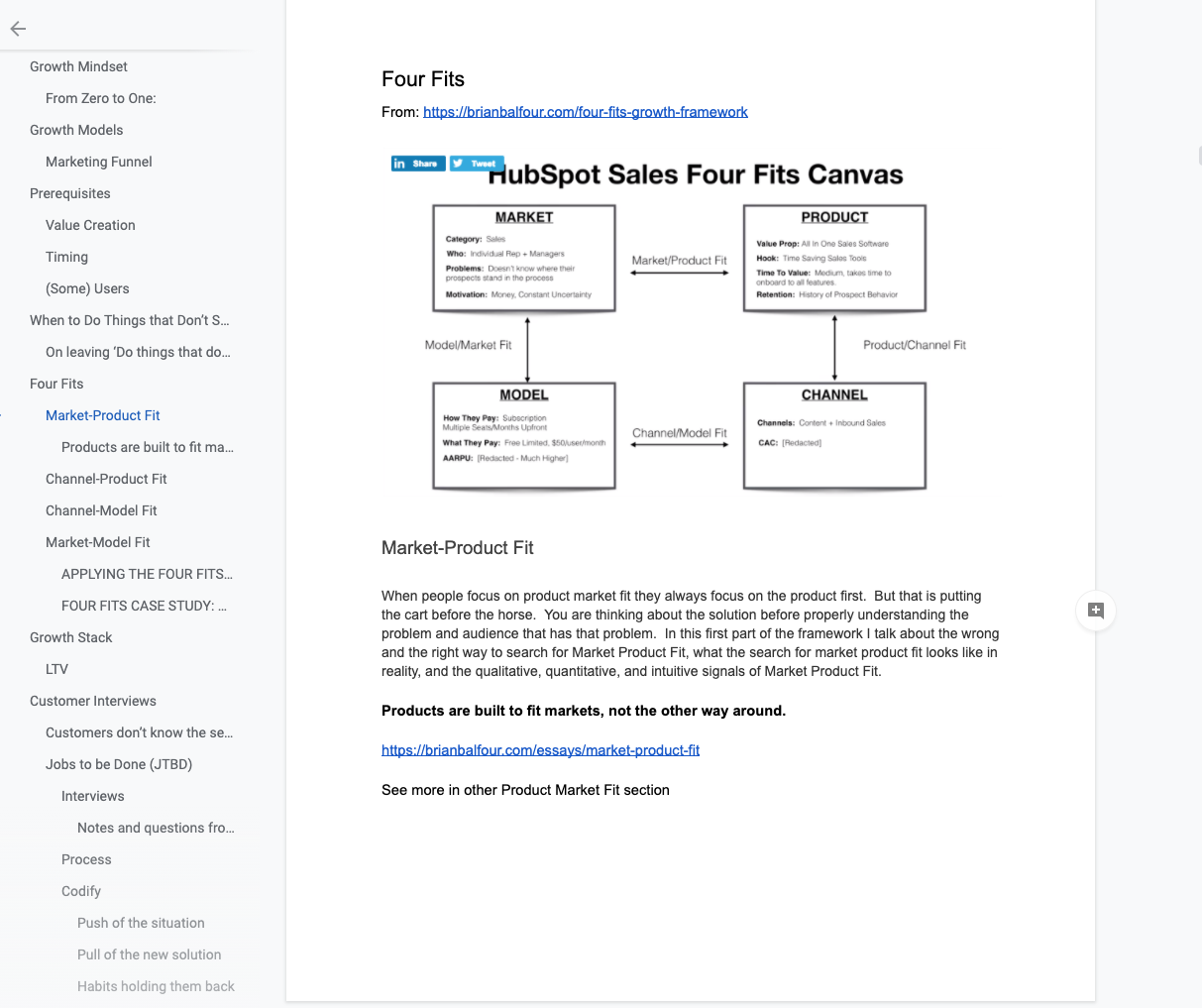
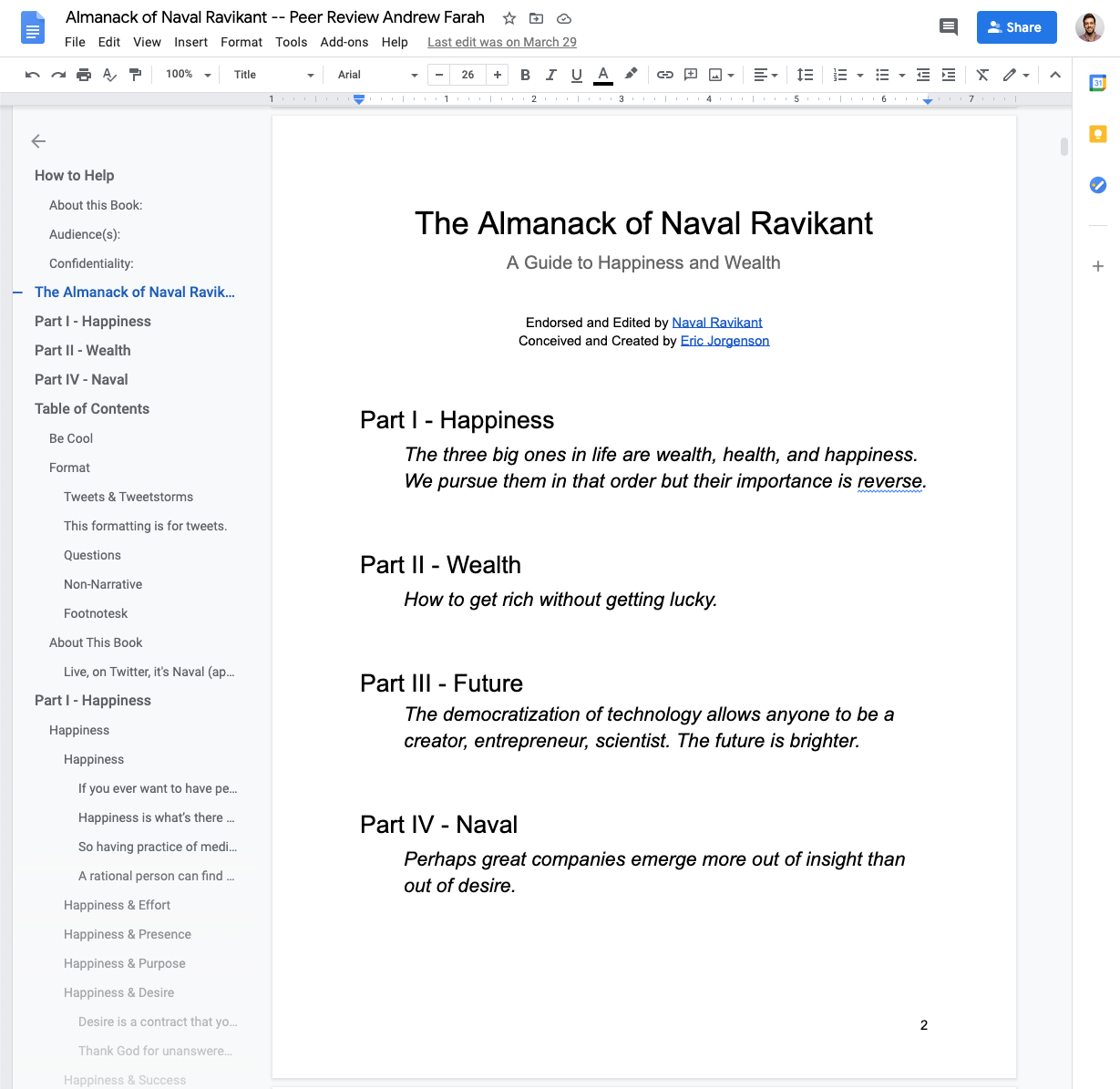
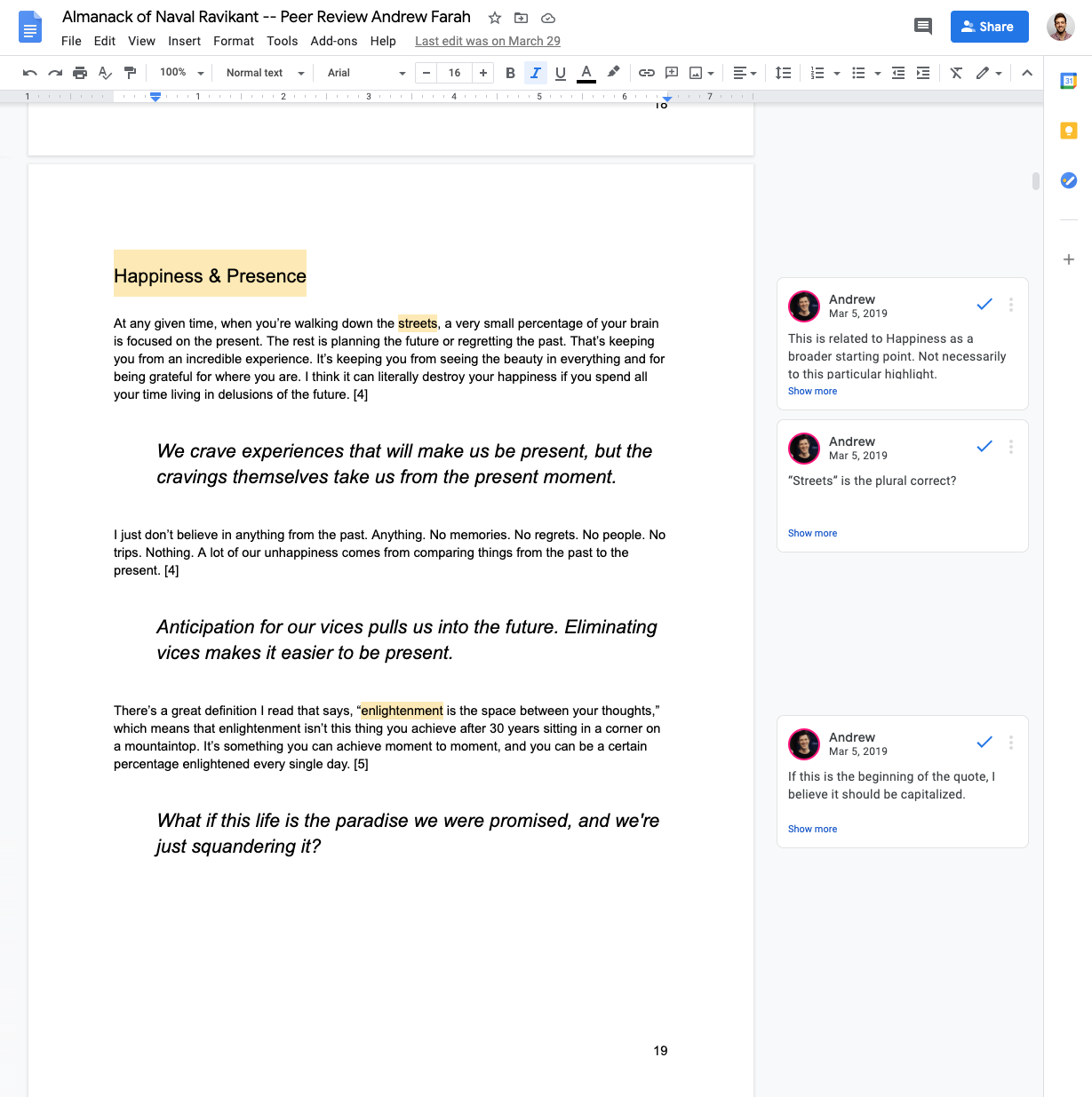






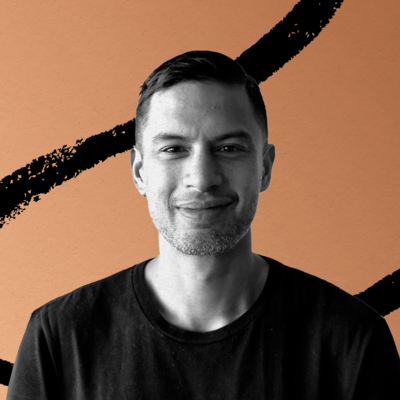
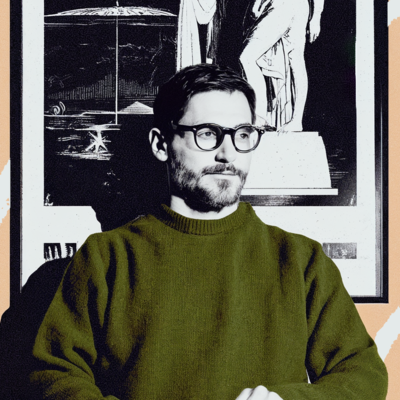


Comments
Don't have an account? Sign up!